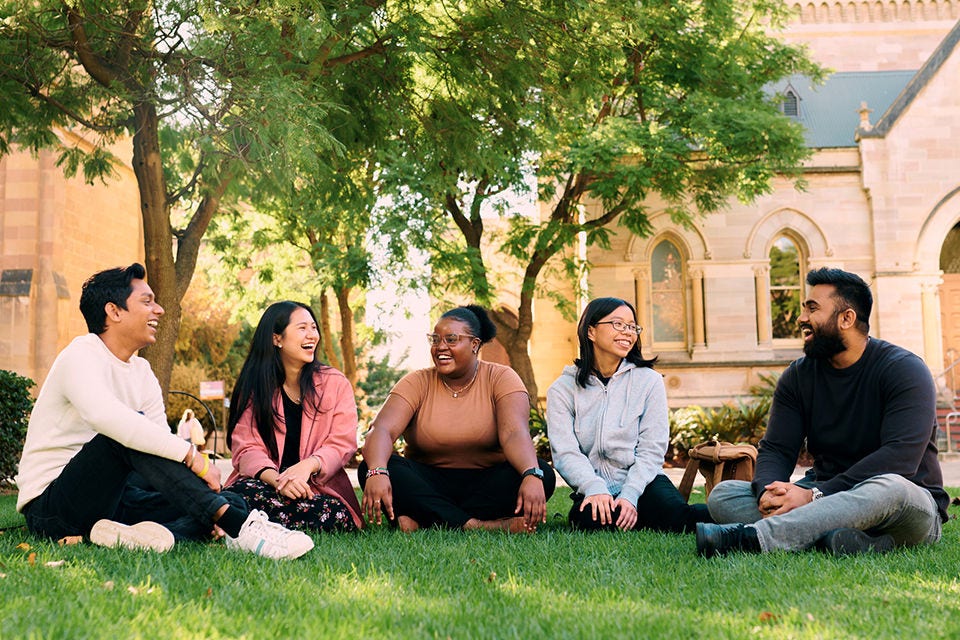Masterclass: The future of sustainability in the built environment
Introduced in January 2016, the UN Sustainable Development Goals (SDGs) provide a global framework for striving towards sustainable outcomes.
SDGs directly relating to the built environment are:
- SDG 11 focusing on sustainable cities and communities
- SDG 9 on resilient infrastructure, and
- SDG 12 on responsible consumption and production.
Other relevant SDGs include SDG 7 on Energy and SDG 6 on Water. The SDGs do not explicitly mention circular thinking or practices for the built environment. Yet, the principles underpinning sustainability and circularity are the same, especially those focusing on resource efficiency and conservation.
Join Professor Iyer-Raniga to examine examples of circularity and efficiency in the built environment at the global, regional and local level (Melbourne, Australia), in order to better understand how circularity can support a better-developed world.
The future is determined by how we plan for sustainable consumption and production today. Join me as I shine on a light on sustainability in the built environment.
Video: 35 minutes 33 seconds
About the academic presenter
Professor Usha Iyer-Raniga – School of Property, Construction and Project Management, RMIT University
Usha Iyer-Raniga is the Co-Lead of the United Nations One Planet Network’s Sustainable Buildings and Construction Programme on Sustainable Consumption and Production, aligned with SDG12. Professor Iyer-Raniga primary interest is sustainability of the built environment ensuring sustainable outcomes for its users.
Professor Iyer-Raniga has worked in the field of energy efficiency and conservation for over thirty years, in India, Canada and Australia, bringing practical knowledge of energy efficiency, conservation and triple bottom line sustainability to buildings and the built environment.



